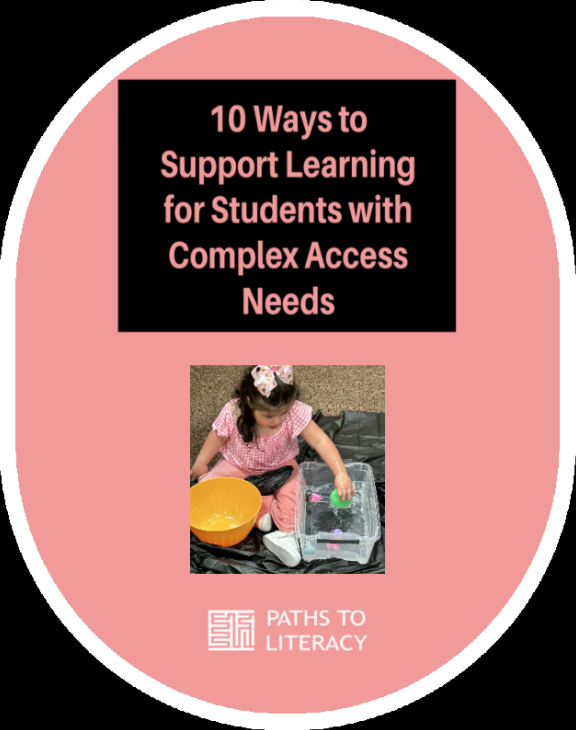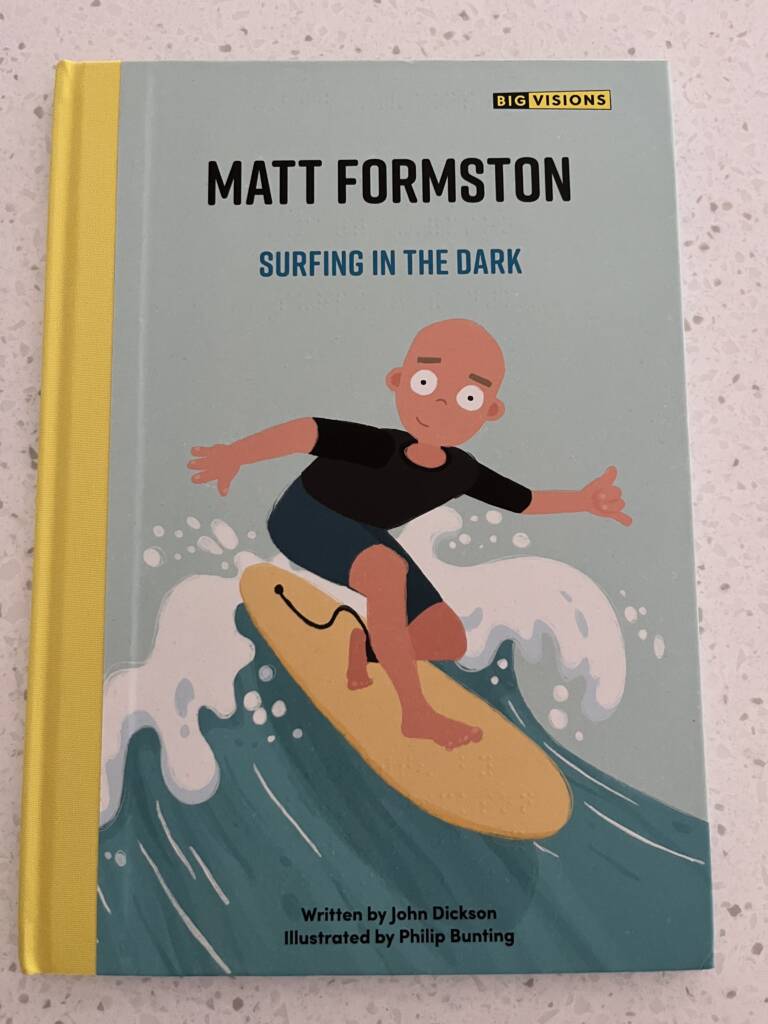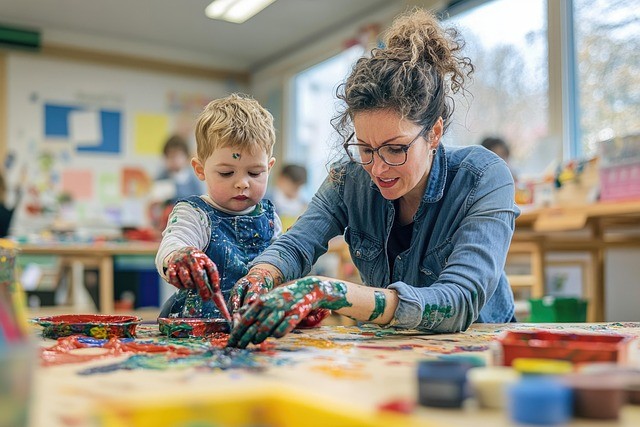A new school year is upon us. As you start the new school year, here’s a quick list of things to consider when programming for students who have visual impairments and other complex needs. This list can easily support conversations between team members and/or handed out to classroom SPED teachers and paraprofessionals. Coaching and modeling can help to ensure that team members have the best chance to engage our students in the most meaningful ways.
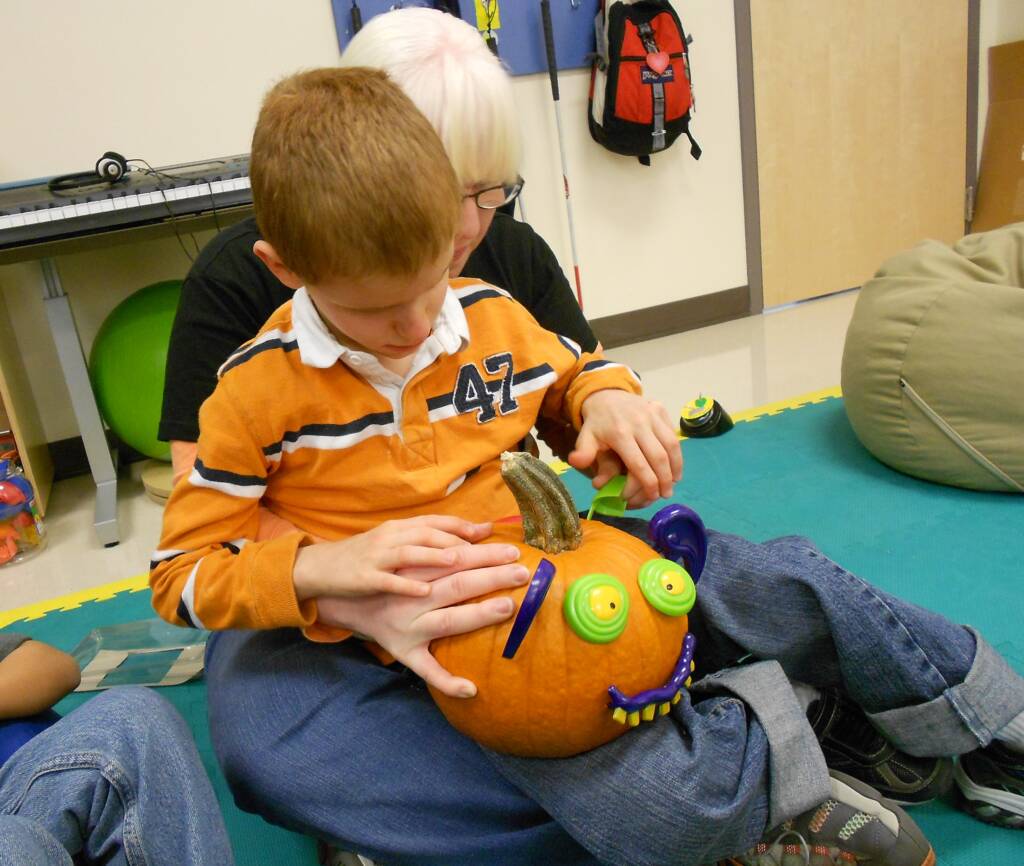
Good Luck!
- Keep instructions short, clear, and consistent.
- Relate new activities and information to previous experiences or events.
- Minimize environmental and auditory distractions as much as possible.
- Provide a schedule that balances preferred and non-preferred activities with structured breaks.
- Use a calendar or sequencing system to identify what activities/events will take place so the student may anticipate them. Include a “finished basket” to support transitions and to reflect on what happened during the activity or the school day.
- Create experience stories or participate in structured conversations to reflect on the student’s participation in a given activity or event.
- As much as possible, activities should happen in a structured order and be routine in nature to allow students to anticipate what will occur and what their part is.
- Look for cues that the student is feeling stress or anxiety and attempt to reduce them using redirection, transitional objects, or strategies identified in the IEP or BIP.
- Use structured “scripts” to support social interactions between the student and peers, family members, and/or caregivers.
- Encourage partial participation in every task, to the degree that the student is able, as a way of developing self-worth and a sense of belonging for the student. When physical guidance is required, use hand UNDER hand support to encourage student led participation.
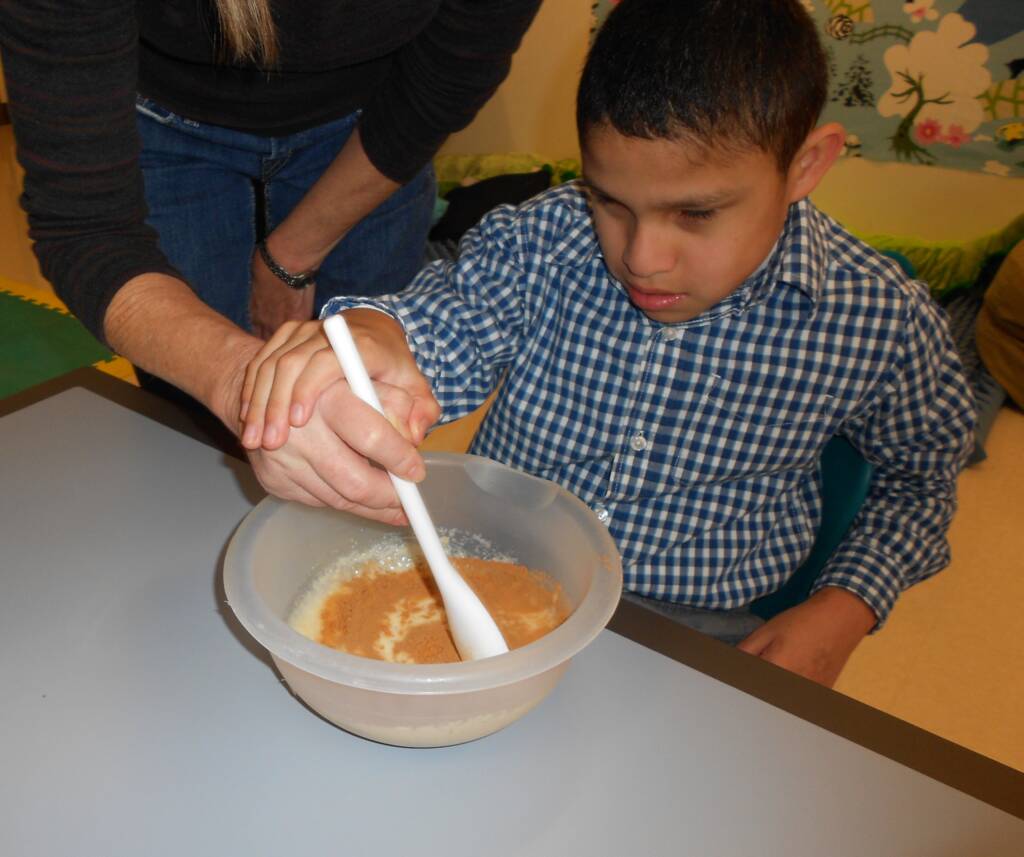
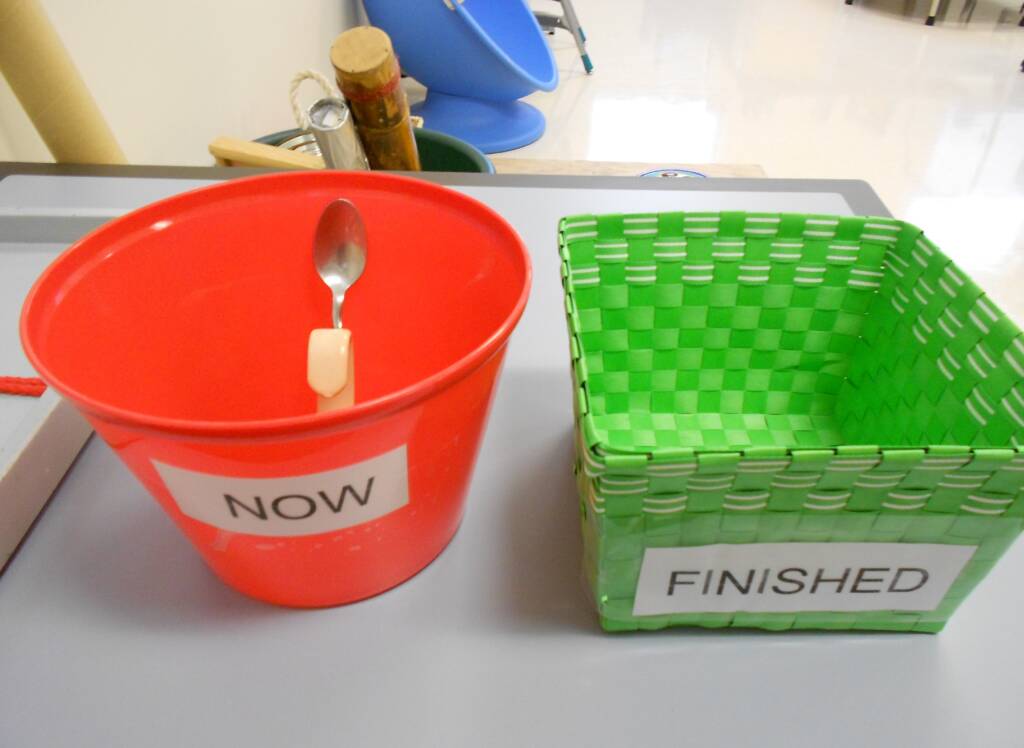
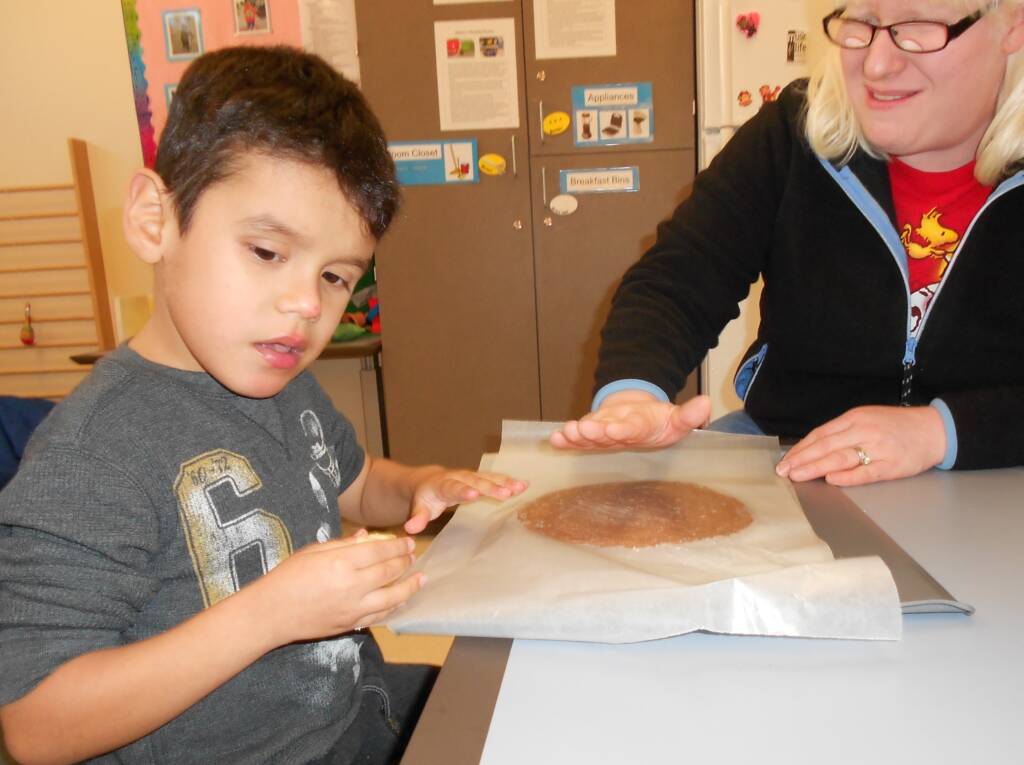
Read more of the latest articles on Paths to Literacy
